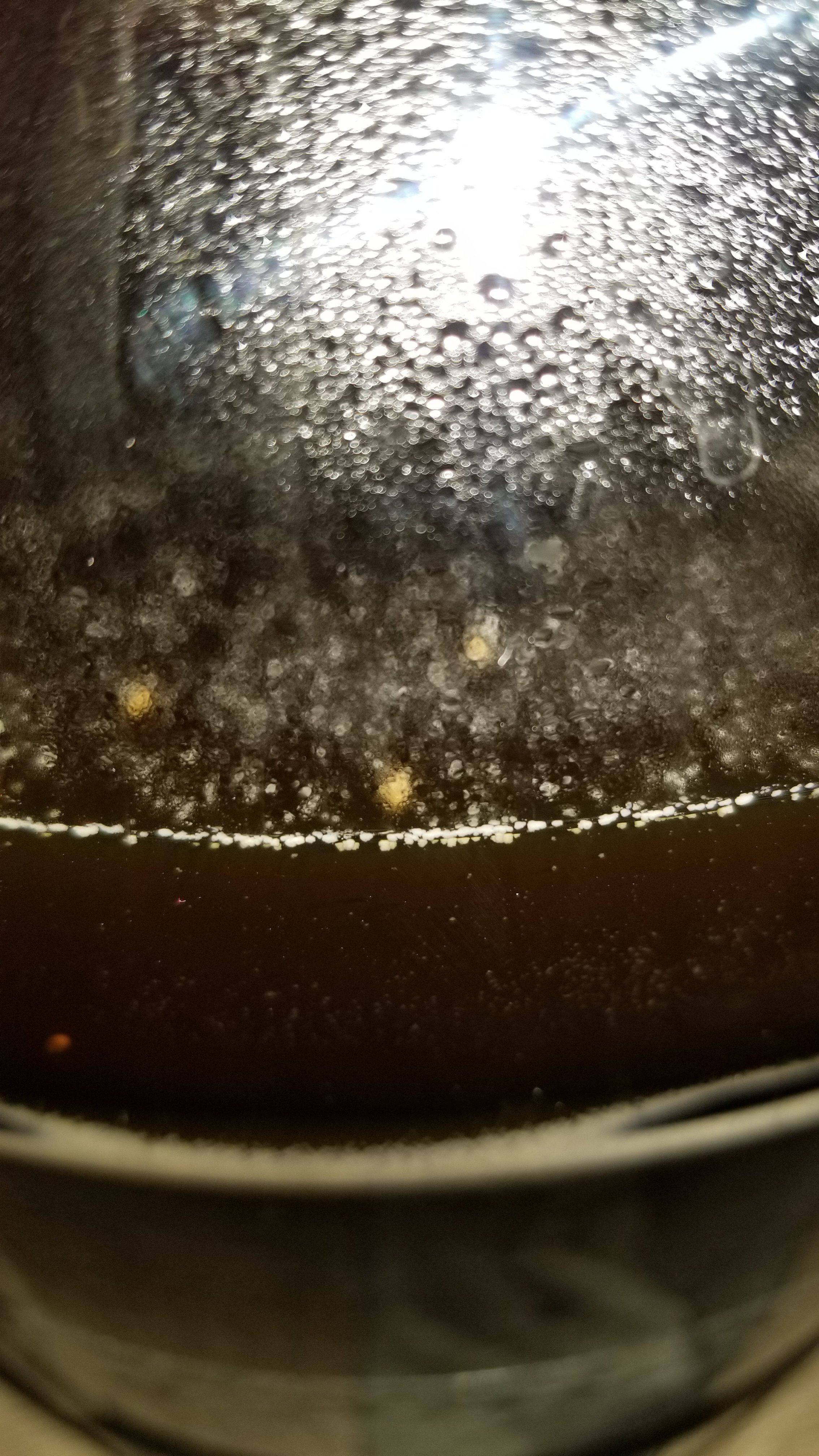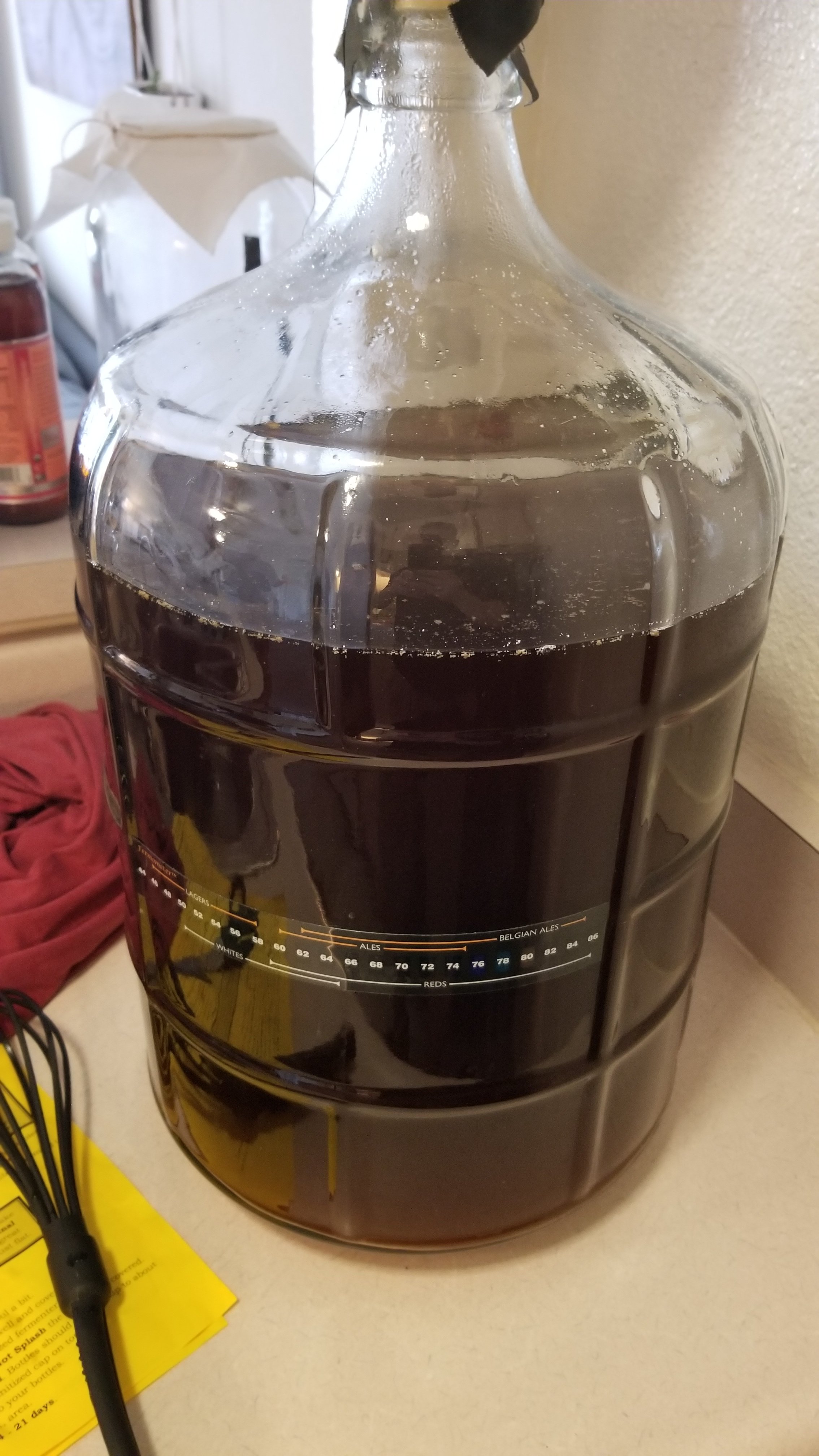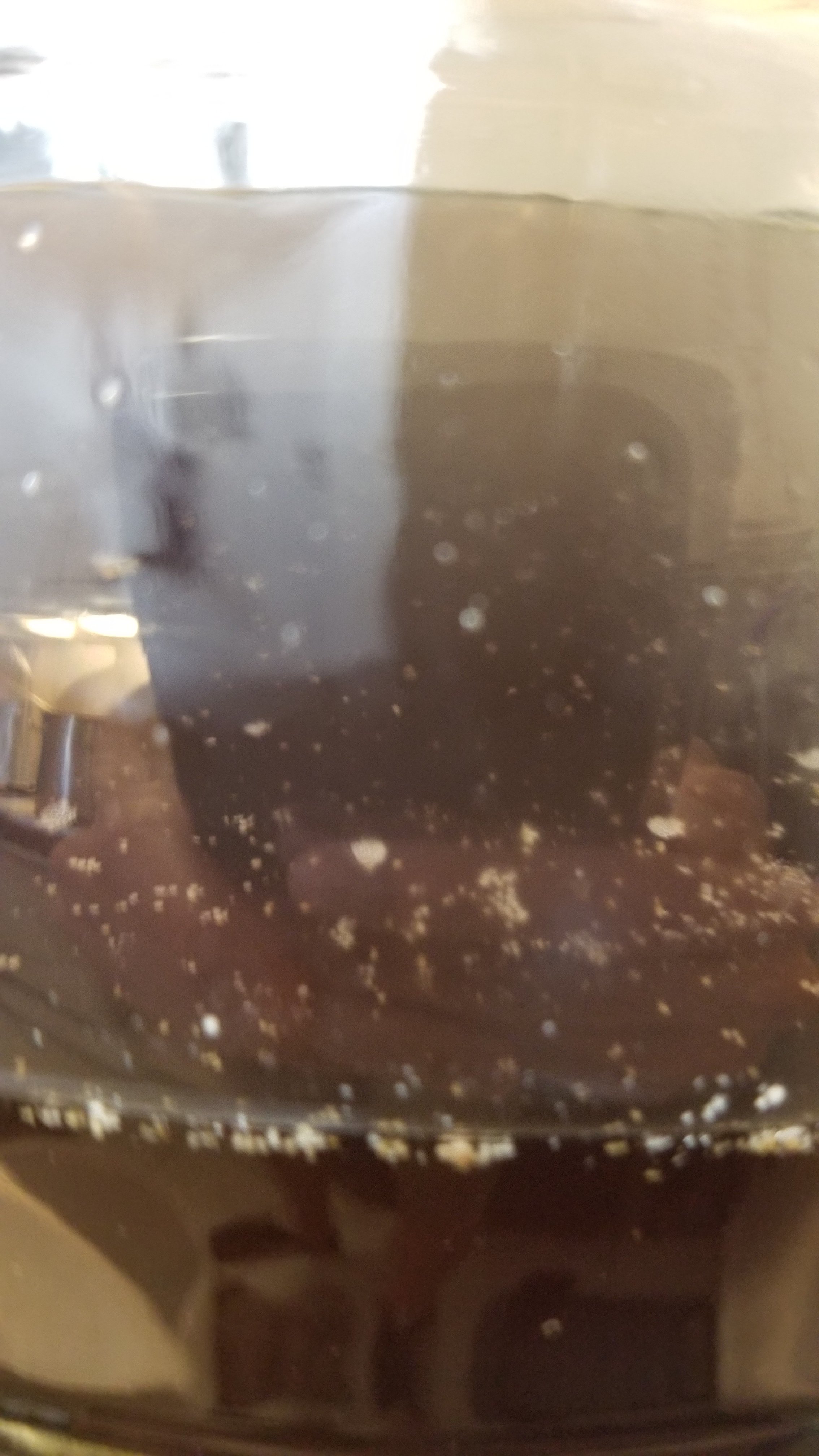Eric Wann
Well-Known Member
- Joined
- Aug 2, 2019
- Messages
- 70
- Reaction score
- 22
Help! Brand new to homebrewing and to this site.
I moved my first homebrew into secondary fermentation almost 2 weeks ago. Last couple of days i've started noticing these small floaty white things in my beer. I am wondering if this is an infection or if its normal.
Pellicles? Yeast Raft? Should I throw this out?
I realize these are poor pictures, I didnt intend to post them when I took them this morning.


I moved my first homebrew into secondary fermentation almost 2 weeks ago. Last couple of days i've started noticing these small floaty white things in my beer. I am wondering if this is an infection or if its normal.
Pellicles? Yeast Raft? Should I throw this out?
I realize these are poor pictures, I didnt intend to post them when I took them this morning.



















![Craft A Brew - Safale S-04 Dry Yeast - Fermentis - English Ale Dry Yeast - For English and American Ales and Hard Apple Ciders - Ingredients for Home Brewing - Beer Making Supplies - [1 Pack]](https://m.media-amazon.com/images/I/41fVGNh6JfL._SL500_.jpg)












































